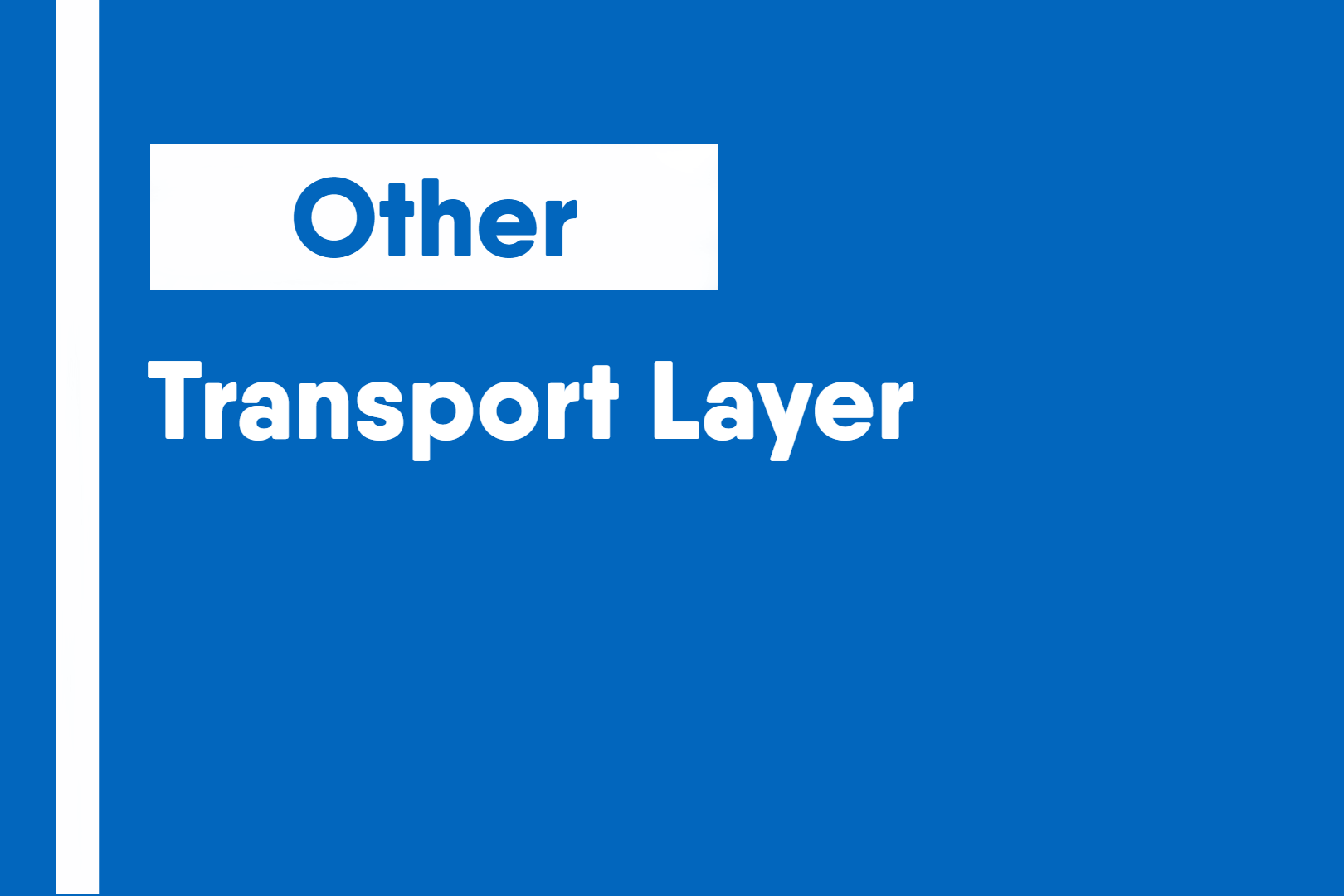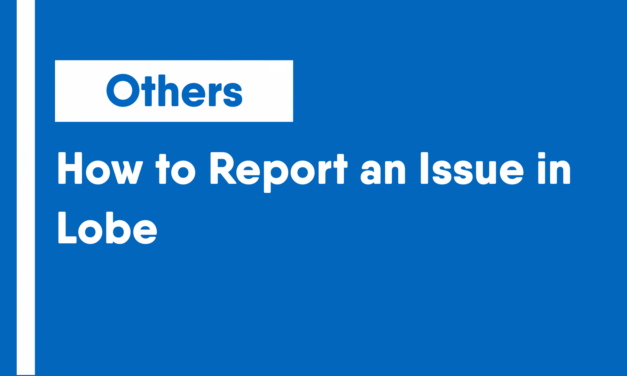The Transport layer, one of the five layers in the TCP/IP 5 Layer Model, represents how networks determine which programs gets the data that is received.
While the network layer delivers data between two individual nodes, the transport layer sorts out which client and server programs are supposed to get that data. You may have heard of TCP IP, which is a pretty common phrase. That’s because the protocol most commonly used in the fourth layer, the transport layer, is known as TCP or Transmission Control Protocol.
While often said together as the phrase TCP IP, to fully understand and troubleshoot networking issues, it’s important to know that they’re entirely different protocols serving different purposes.
Other transfer protocols also use IP to get around, including a protocol known as UDP or User Datagram Protocol. The big difference between the two is that TCP provides mechanisms to ensure that data is reliably delivered while UDP does not. It’s important to know that the network layer, in our case IP, is responsible for getting data from one node to another. Also, remember that the transport layer, mostly TCP and UDP, is responsible for ensuring that data gets to the right applications running on those nodes.












